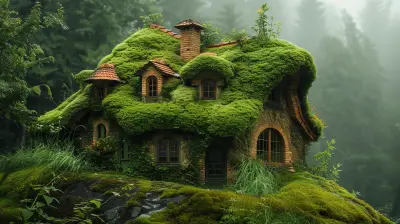Exploring America's Desert Parks: From Joshua Tree to Death Valley
18 June 2025
When most people think of deserts, they picture endless dunes, scorching heat, and desolate silence. But if you’ve ever stepped foot in one of America’s iconic desert parks—like Joshua Tree or Death Valley—you’ll know they’re anything but empty. These wild, dusty places are brimming with hidden life, stunning rock formations, eerie beauty, and more colors than you’d ever expect in a place with so little water.
In this guide, we’re diving deep into some of the most jaw-dropping desert landscapes in the United States. So, grab your water bottle, lace up your hiking boots, and let’s hit the dusty trail.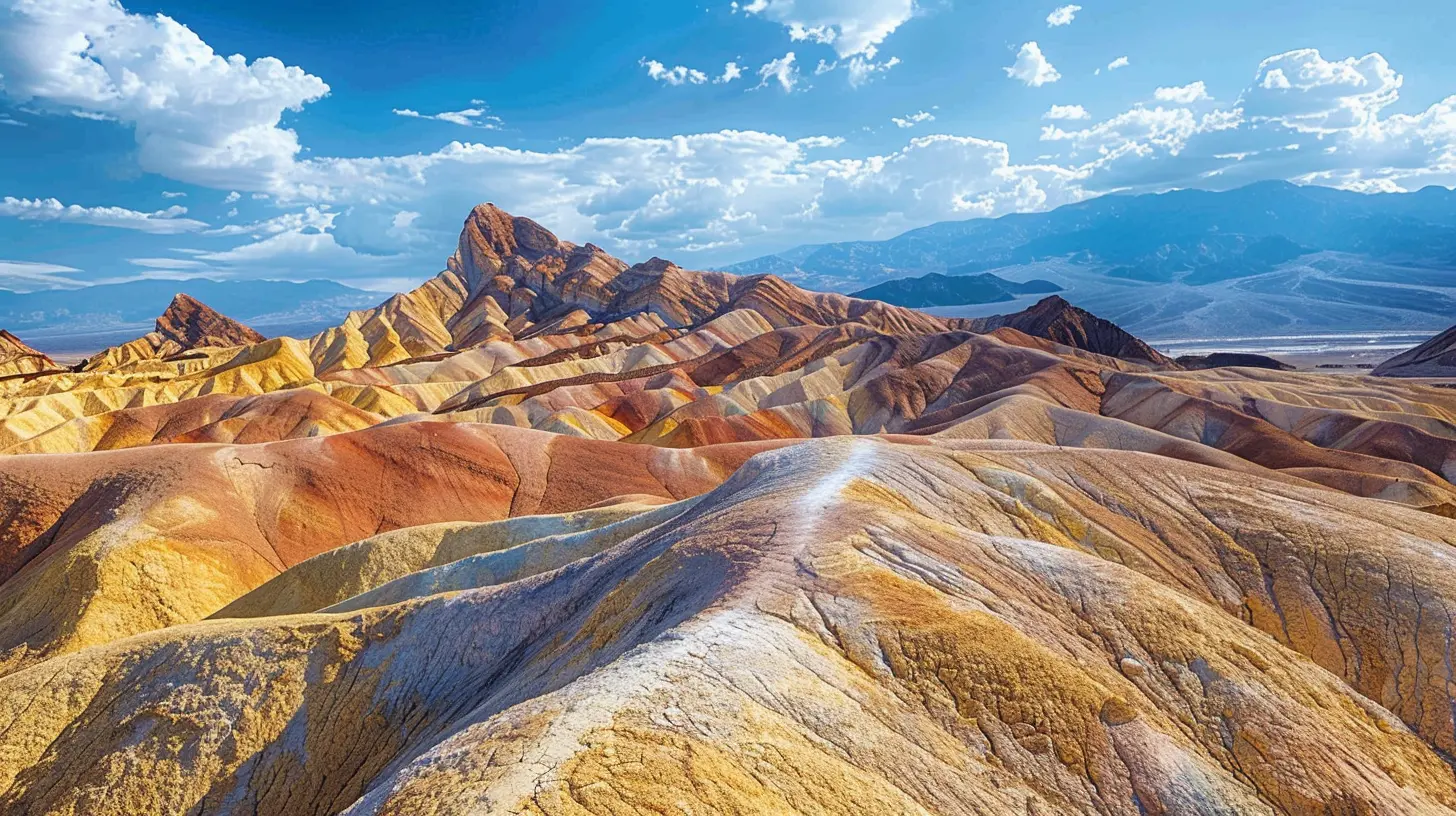
Why Are Desert Parks So Captivating?
Let’s get this out of the way—deserts aren’t just hot wastelands. Nope, they’re full of drama, from towering sand dunes and craggy rock formations to ancient petroglyphs and surreal sunsets. There’s a kind of magic here that you won’t find in alpine forests or tropical beaches.What makes desert parks so unique?
- Silence that speaks volumes – There’s a peacefulness out here you can’t buy.
- Vast, open spaces – Perfect for disconnecting and finding clarity.
- Unreal geology – You’ll feel like you’ve landed on another planet.
Now that you’re curious, let’s zoom in on two of the most iconic desert national parks in America: Joshua Tree and Death Valley. But we won’t stop there—you’ll also get a taste of other lesser-known desert gems.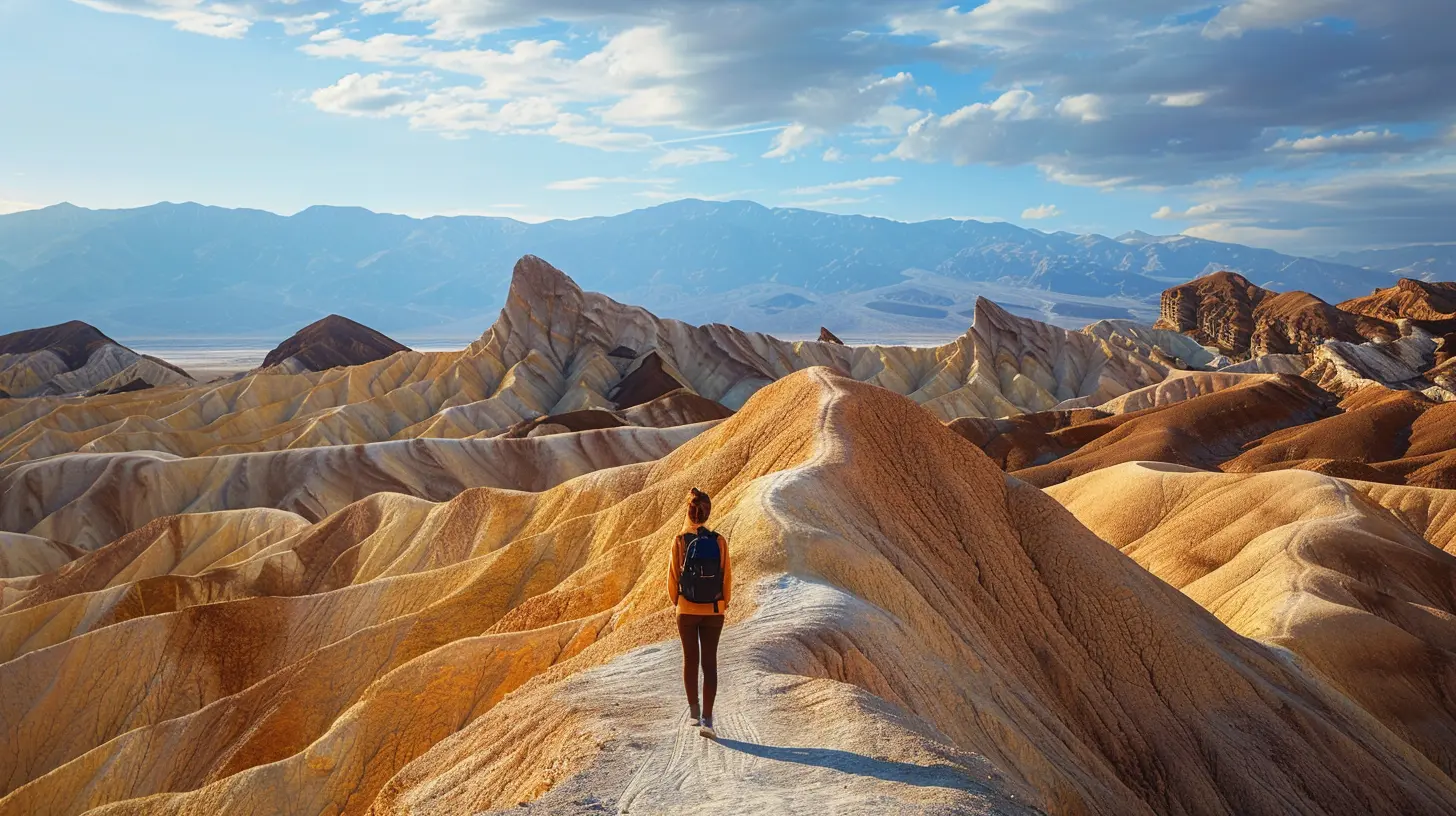
Joshua Tree National Park: Where Rock Climbers and Stargazers Unite
A Land Where Two Deserts Collide
Joshua Tree isn’t just about the funky, spiky trees that look like they belong in a Dr. Seuss book. This park is where the Mojave and Colorado Deserts meet, creating a unique mashup of ecosystems.Here, you’ll find:
- Weird rock piles perfect for scrambling and climbing.
- Iconic Joshua trees standing like ancient sentinels.
- A night sky bursting with stars, thanks to minimal light pollution.
Can’t-Miss Spots in Joshua Tree
Alright, if you only have a couple of days to explore, don’t miss:- Hidden Valley: Short, sweet, and stunning. A loop trail with massive boulders and desert flora.
- Keys View: Head here at sunset. Trust me, you won’t regret it.
- Skull Rock: It really does look like a skull. Snap that Instagram shot and maybe a few more.
Activities You’ll Love
- Rock climbing: If you’re into scaling things, this place is a dream.- Hiking: From easy strolls to more intense treks.
- Photography: The lighting here is unreal, especially during golden hour.
- Stargazing: Bring a blanket and look up—you’ll see the Milky Way.
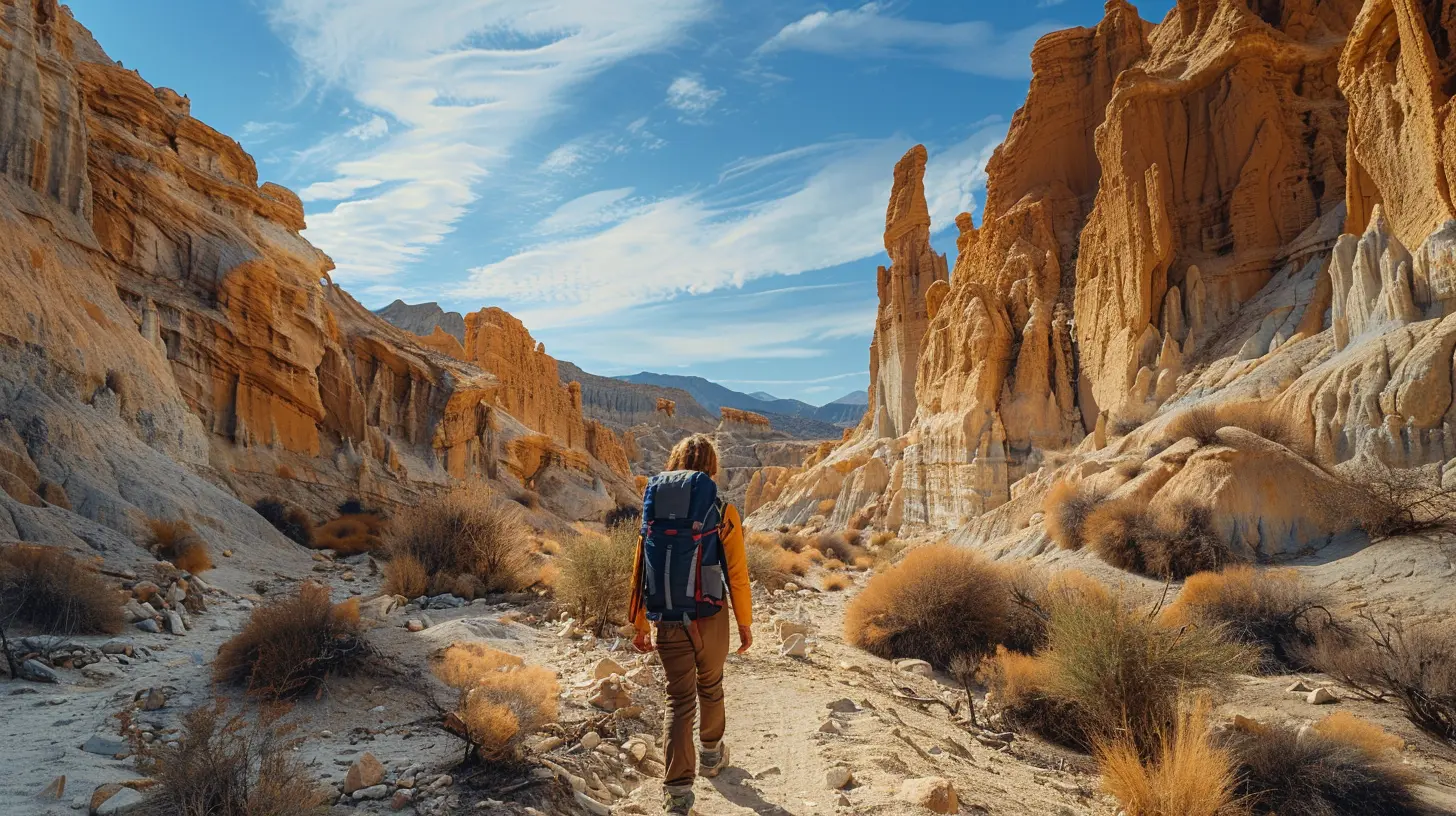
Death Valley National Park: The Hottest Place on Earth
A Name That Says It All… Or Does It?
With a name like Death Valley, you might expect pure doom and gloom. But this park is actually brimming with life—if you know where to look.Death Valley is famous (or infamous) for being the hottest, driest, and lowest national park in the U.S. But don’t let that scare you off. This place is hauntingly beautiful.
Highlights You Shouldn't Skip
- Badwater Basin: The lowest point in North America. It's like standing on the moon.- Zabriskie Point: A sunrise here will make you believe in magic.
- Mesquite Flat Sand Dunes: Bring your inner child and dash down the dunes.
- Dante’s View: A panorama that words can’t quite capture.
What To Do in Death Valley
- Hiking: Early mornings are best. Try Golden Canyon for a breathtaking trail.- Photography: You’ll want wide-angle and zoom lenses for this one.
- Off-roading: Plenty of backcountry roads if you’re adventurous.
- Camping: Nothing like waking up between ancient mountains.
Pro Tip: Visit between November and March. Summer temps can melt your shoes. Literally.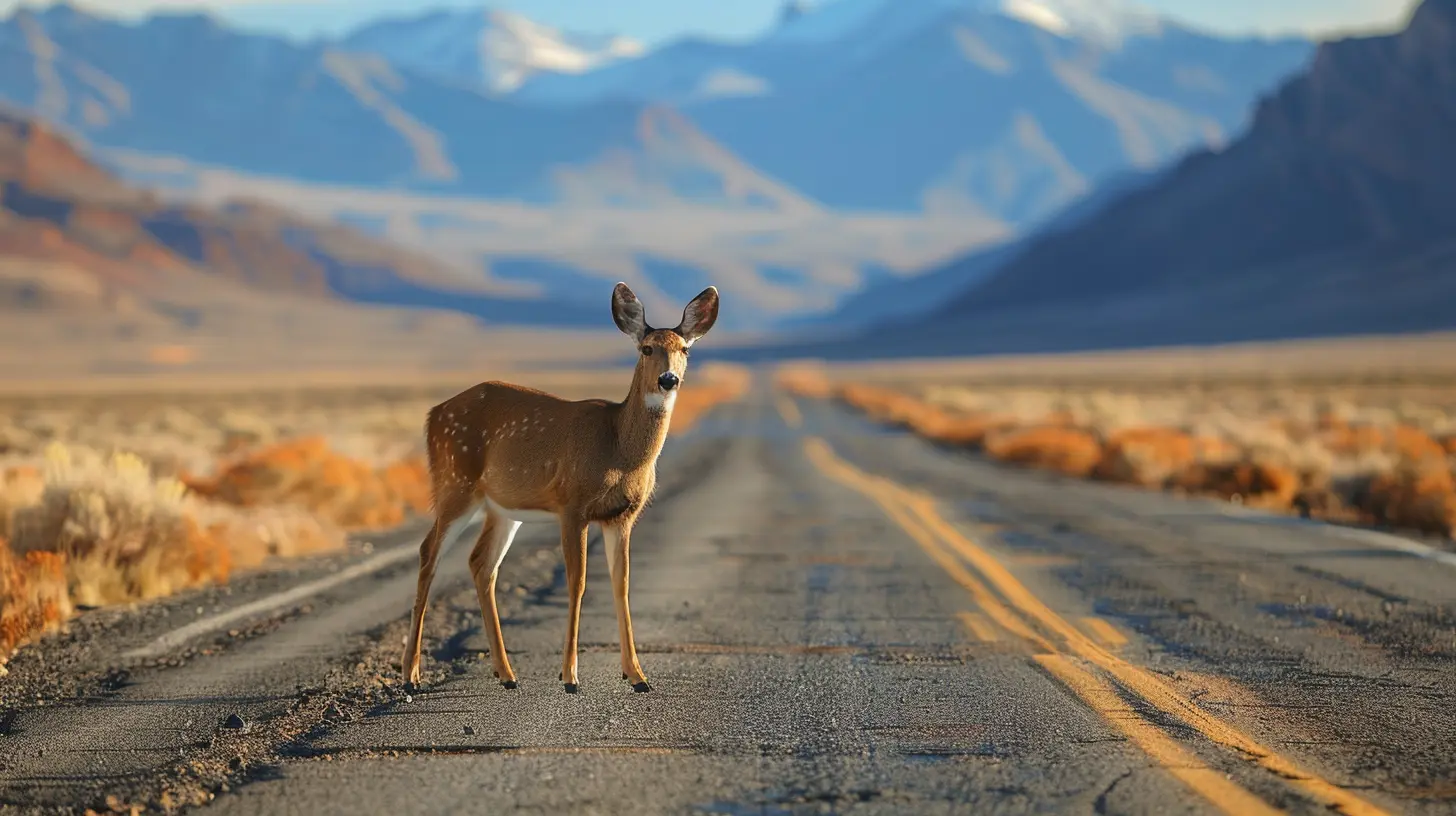
Other Desert Parks Worth Your Time
Saguaro National Park, Arizona
Ever seen those giant cacti that look like they’re waving at you? That’s the star of the show in Saguaro National Park near Tucson, Arizona. Trails wind through forests of towering saguaro cacti, some over 200 years old. The park is split into East and West sections, each offering something a little different in terms of terrain and views.Arches National Park, Utah
Arches is like nature’s sculpture garden, home to over 2,000 natural stone arches. It's red rock heaven, and it's insanely photogenic. Don’t miss Delicate Arch, especially at sunset—your camera will thank you.Great Sand Dunes National Park, Colorado
Yep, Colorado has a desert too. Great Sand Dunes boasts the tallest sand dunes in North America. Grab a sandboard or sled and go flying down the slopes. It's part hike, part beach, part space adventure.When’s the Best Time to Visit Desert Parks?
Unlike beach vacations where summer rules, desert parks have their own schedule.- Spring (March - May): Wildflowers bloom, temps are cooler, and crowds manageable.
- Fall (September - November): Mild temperatures and beautiful lighting.
- Winter (December - February): Great for hiking, but some parks can get surprisingly cold.
- Summer (June - August): Unless you’re a heat-loving daredevil, think twice—temps can soar past 110°F.
What You Need to Survive (and Enjoy) the Desert
Let’s be honest—deserts can be unforgiving. But with the right prep, they’re unforgettable (in the best way).Here’s what to pack:
- Water, and lots of it: Dehydration creeps up quickly out here.
- Sun protection: Sunscreen, hat, sunglasses—the holy trinity.
- Light layers: Temps swing hard between day and night.
- Trail snacks: Nuts, dried fruit, energy bars.
- Navigation tools: Don’t rely on cell service; bring a map or GPS.
Also: let someone know where you’re going. Deserts don’t play around.
The Surreal Beauty of Desert Sunsets
You haven’t lived until you’ve watched the sun dip below a jagged desert ridge, casting everything in gold, pink, and lavender. Every grain of sand and twisty tree seems to glow from the inside out.It’s moments like these that make desert parks more than just places—they’re experiences, almost spiritual in their ability to humble and inspire.
Tips for a Respectful Desert Adventure
Let’s protect these special places so future adventurers can enjoy them too:- Stay on marked trails: Helps preserve the fragile desert ecosystem.
- Pack it in, pack it out: No trash left behind—ever.
- Don’t touch ancient sites or petroglyphs: Look, admire, but don’t disturb.
- Respect wildlife: Keep a safe distance. Yes, even from the cute ones.
Wrapping Up: Desert Dreams Await
Exploring America’s desert parks is like stepping into another world. It’s raw, real, and ridiculously beautiful. From the weird charm of Joshua Tree to the stunning extremes of Death Valley, these parks offer more than just Instagram fodder—they offer perspective, peace, and a whole new appreciation for nature’s power.So whether you’re a weekend wanderer or a hardcore explorer, America’s desert parks are calling. Are you ready to answer?
all images in this post were generated using AI tools
Category:
National ParksAuthor:

Reed McFadden
Discussion
rate this article
2 comments
Faelith Lewis
Absolutely loved this article! America's desert parks offer stunning landscapes and unique experiences. Joshua Tree's quirky rock formations and Death Valley's extreme beauty are must-sees. Your insights on hiking and stargazing really inspire adventure. Can't wait to plan my next trip!
June 21, 2025 at 4:06 AM

Reed McFadden
Thank you so much for your kind words! I'm thrilled you enjoyed the article and found the insights inspiring. Happy planning for your next adventure!
Isaiah Maddox
Absolutely loved this guide! America's desert parks are a treasure trove of stunning landscapes and unique adventures. Whether you're stargazing in Joshua Tree or braving the heat of Death Valley, every moment is worth it. Happy exploring!
June 18, 2025 at 4:43 AM

Reed McFadden
Thank you! I'm thrilled you enjoyed the guide and appreciate your enthusiasm for these incredible desert parks! Happy exploring!


